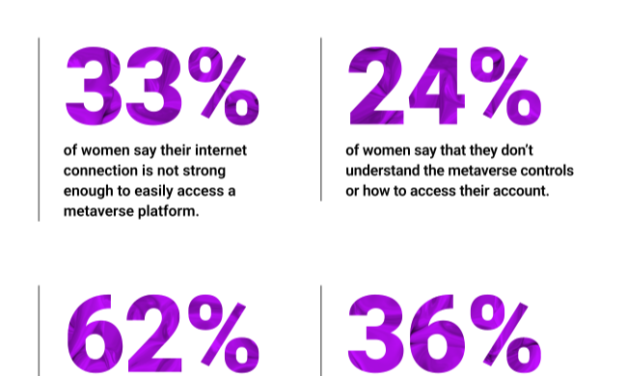Next Bitcoin rally to start in Q2 2023 — Mark Yusko explains why
The anticipation of the next Bitcoin (BTC) halving will be the main catalyst that sparks a new crypto rally as soon as the second quarter of 2023, according to hedge fund manager Mark Yusko. The halving mechanism, which reduces Bitcoin’s block rewards by half every four years, has historically been a major catalyst for crypto rallies. The next halving is expected to occur in early 2024. “Usually the market will anticipate that by about nine months,” Yusko said in a recent interview with Cointelegraph.According to the hedge fund manager, the halving will propel Bitcoin to $100,000, and potentially beyond, “by the laws of math.”“If the block rewards get cut in half to 3.125 from 6.25, then the price has got to double-ish in order for the miners to continue to make money,” he stated.Yusko thinks the rally is going to take place despite an unfavorable macroeconomic picture dominated by high interest rates and slow growth. That is because, according to Yusko, digital assets will ultimately prove to be uncorrelated with equity markets. “Traditional assets are driven by economic growth, Fed policies, inflation. Crypto is driven by the technology itself, millennial adoption,” explained Yusko. Watch the full interview on our YouTube channel, and don’t forget to subscribe!
Čítaj viac





